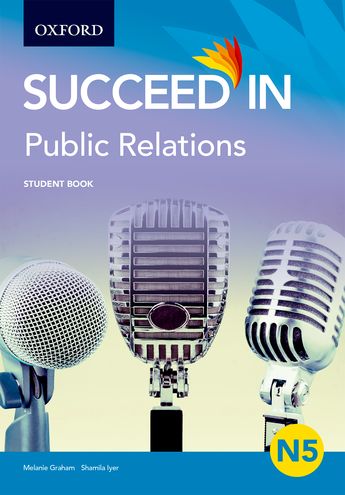Part 1: Introduction to Public Relations
1Nature and definition of Public Relations
2The necessity of Public Relations in a modern society
3The twofold task of the Public Relations professional
4The organisation of Public Relations
5Related areas
Part 2: The public relations professional
1Personal attributes
2Personal appearance
3Public Relations and the significance of PRISA
4Networking
5Frontline skills
Part 3: The public relations process
1Defining the situation
2Setting the objectives
3Identifying the target audiences
4Developing the message
5Planning the activities
6Establishing the budget
7Feedback and evaluation
8
Drafting a Public Relations programme
Part 4: Internal Communication
1The aim of internal Public Relations communication
2The principles of employee communication
3Sources/techniques of information
4Tools of measurement
Part 5: Social skills and protocol
1Basic Public Relations etiquette
2Communication and Public Relations
3Non-verbal communication
4The use of the telephone in Public Relations
5Business protocol in RSA context
6Information services
7Basic negotiating skills
Part 6: Media
1News and news categories
2The printed media
3The electronic media
Part 7: Media relations
1Basic approach and media selection
2The news release
3The feature article
4The media kit
5The media conference
6Media visits and enquiries
7Using photography
Part 8: Interpersonal relationships in the media environment
1Basic
organisational structures within the organisation
2Customers
3Suppliers
4Sponsors
5Government representatives
6Media representatives
7Shareholders
8Factors that influence relationships
Part 9: Corporate identity
1Corporate culture and climate
2Corporate identity and image
3Advantages of good corporate image
4Principles of basic design
5Implementing a corporate identity programme
6Corporate identity checklist
7Factors affecting corporate image
